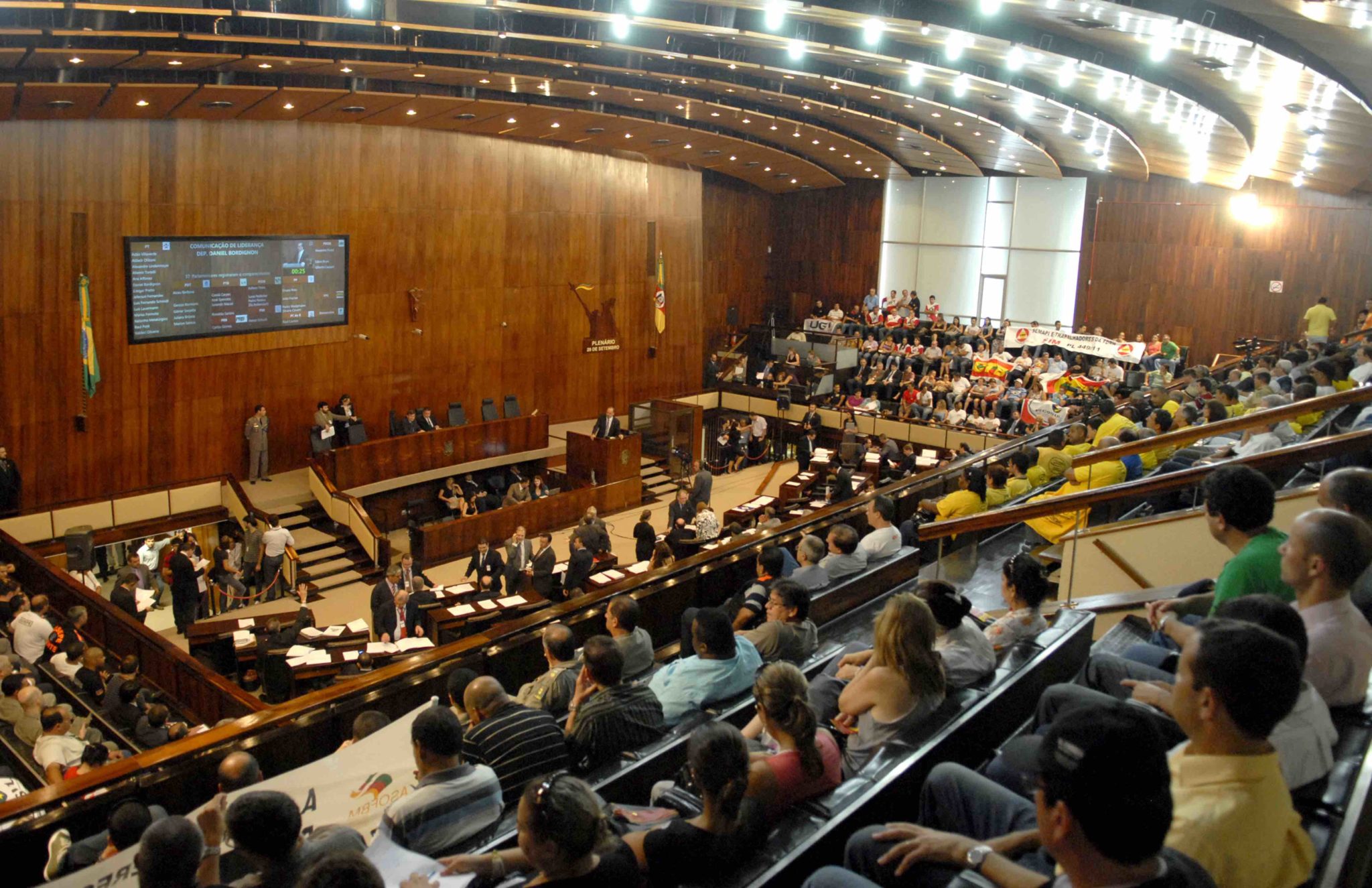
If you are from Brasília, then you probably remember a so-called ‘big’ decision recently made by your local House of Representatives. During that sitting, lawmakers approved law number 5874/2017, thus creating the “Day of the Goiano” (a goiano is someone from the neighboring state of Goiás). After first being proposed in 2011, the bill spent six years going through various sittings, meetings, and debates, before finally being signed by Governor Rodrigo Rollemberg on June 5 this year.
That law gives us a glimpse into how state legislatures (don’t) work in Brazil.
For the entirety of 2016, Brasília’s local House spent 372 million BRL and held 148 sittings. That resulted in the approval of 211 bills, including the law creating the “Day of the Goiano.” Too much money for too little productivity? It’s certainly better than Rio Grande do Sul’s Legislative House – it produced only 136 laws while costing taxpayers almost 567 million BRL.
I have conducted a study on state legislatures with a straightforward purpose: to compare what they cost taxpayers and what citizens get in return. To do that, I will conduct a two-part analysis:
- A quantitative approach, using several variables to measure and compare the legislatures’ efficiency – which will be treated in this article;
- And a qualitative approach, presenting the themes around each of the 4,661 state laws approved in 2016.
We will combine that...


 Search
Search






































